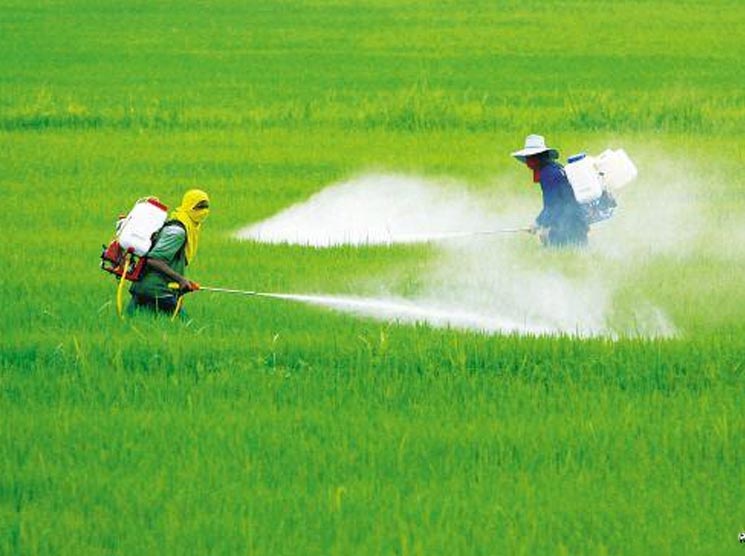Trichloro has the effect of sterilization. TCCA works very well on crops, and has a strong ability to kill bacteria, fungi and viruses.
The use method of Trichloroisocyanuric Acid can be carried out by seed dressing and foliar spraying. For general vegetable crops, it must be prevented at the early stage and before the onset of the disease. It can be sprayed with 1500~2000 times of trichloroisocyanuric acid. Dilution by dilution. Food crops can be sprayed with 1000 times liquid, and the spraying should be careful, even and thoughtful.
Disadvantages of Trichloroisocyanuric Acid, trichloroisocyanuric acid can be mixed with most pesticides, but any kind of pesticide has advantages and disadvantages, which is inevitable, trichloroisocyanuric acid solution is slightly acidic, It cannot be mixed with alkaline pesticides. In order to improve the use effect, it cannot be mixed with organophosphorus pesticides, potassium dihydrogen phosphate, urea, ammonium salt pesticides, foliar fertilizers, etc. The effect of disease treatment is not as good as the prevention effect. When trichloroisocyanuric acid is used to prevent and control diseases, it needs to be sprayed twice or more at intervals of 5 to 7 days to achieve better results.
Crops that are not suitable for spraying trichloroisocyanuric acid, when the grape varieties we planted, a certain variety of nectarine, etc., sprayed with trichloroisocyanuric acid, symptoms of damage appeared instead. It can be seen that grapes and peach trees are sensitive to trichloroisocyanuric acid. Ethylene uric acid is sensitive, so on red grapes and peach trees, experiments should be done before considering whether it can be used to avoid unnecessary losses.
The above is the use and precautions of trichlor in the disinfecting of crops. If you have any questions about Chlorine Disinfectants, please contact me.
Post time: Jan-05-2023

